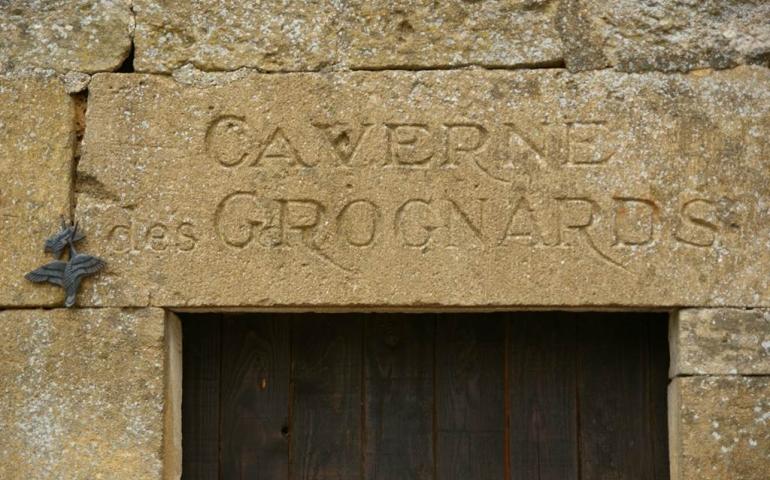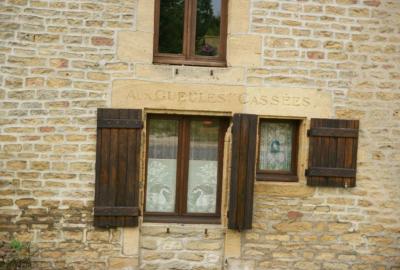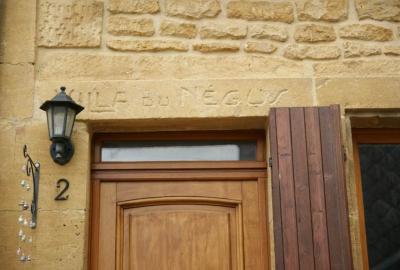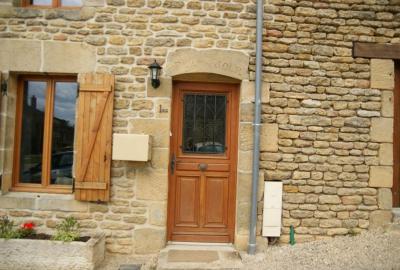Hamlet of Chaumont
On one of the roads to Compostelle, Chaumont, the name of which originates from ‘Calvus Mons’ - the bare mount - is located near the ancient priory of Saint Quentin. Both towns originally formed the independent district of Chaumont-St Quentin. Saint Peter’s church in Chaumont, which dates back to the 12th century, survived the German panzers' attacks in 1940.
Of the period called the ‘phoney war’ (September 3, 1939 – May 10, 1940), only a few engraved door lintels remain : ‘Today's special, at Maxim's, Caverne des Grognards, At the smashed faces!’ like many very innocent traces of humour left by a sculpter among thousands of distraught men.
“The phoney war”, known as the “Sitzkrieg” in German (the sitting down war), is the period between the declaration of war by France and the United Kingdom (The Allies) against Nazi Germany on the 3 September 1939, and the invasion by the latter of France, Belgium, Luxembourg, and Holland on the 10 May 1940. The Allies were waiting for the offensive in the villages by whiling away boredom. The information from the armies made no mention of any notable activity, except for a few skirmishes.
The French army officers were convinced that the Ardennes Forest was insurmountable even for Hitler’s panzers. The defence system on the borders was behind schedule, and contrary to the warnings of the parliamentary delegation who came to inspect the fortification work and the arming of the troops in the Sedan sector, general Huntziger was unaware of the degree of lack of preparation.
The blockhouses were without doors and not all armed. These soldiers were psychologically demobilised even more because they were living in the middle of the civil population just as they would in time of peace.





